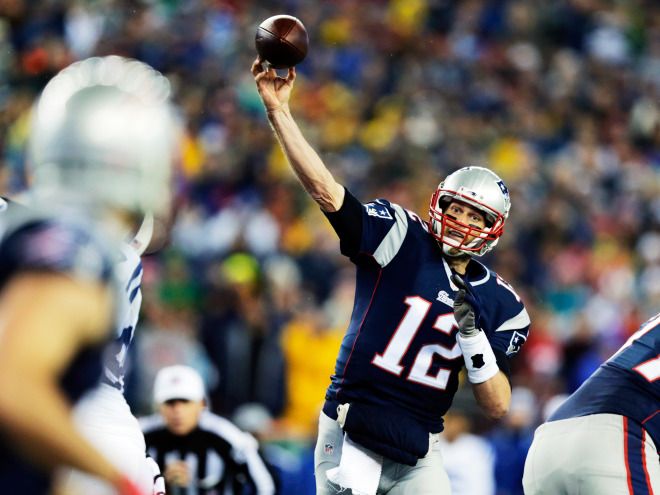By Rhett Allain — Wired

The Super Bowl isn’t just a football game. It’s an opportunity to discuss physics. Let’s look at some of the interesting physics concepts that go with the game.
Deflategate and Ball Pressure
I don’t know about you, but I’m getting a little weary of the whole “deflategate” thing. In case you missed the controversy, it appears that some of the footballs in the playoff game between the Indianapolis Colts and the New England Patriots had below-acceptable inflation pressure. Now, it’s true that if you put a balloon outside on a cold day, the balloon deflates with the colder temperature. Could something like this have happened to the deflategate balls? The answer is: probably not. If you want more details, Chad Orzel has an excellent piece that looks at the physics of pressurized football. He shows experimentally that a ball in a 50°F football game wouldn’t drop 2 PSI due solely to the temperature change.








Comments are closed.